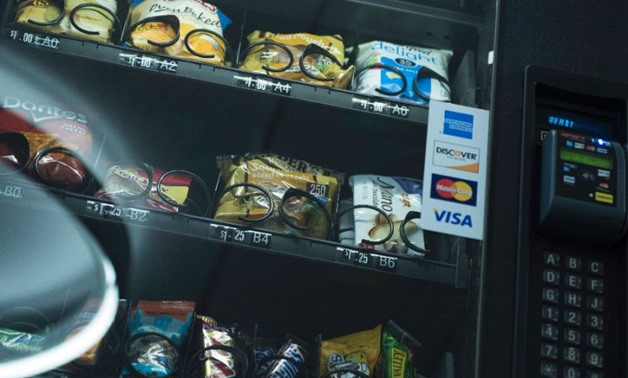
A report released this week shows the premier US intelligence body discovered that insider hackers had stolen more than $3,300 worth of potato chips, chocolate bars and other snacks from its vending machines. (AFP Photo/Eva Claire HAMBACH)
Washington - 23 June 2017: The Central Intelligence Agency admitted this week that it had been compromised for months in 2013 by a network of high-tech snack thieves.
A report released this week shows the premier US intelligence body discovered that insider hackers had stolen more than $3,300 worth of potato chips, chocolate bars and other snacks from its vending machines.
The culprits weren't undercover agents or veteran Al-Qaeda chasers, but instead "contractors" -- of which the CIA has thousands, doing everything from terror analysis to servicing the machines that answer American spies' junk food needs.
A CIA Inspector General's report on the candy cabal was released following a Freedom of Information Act request by BuzzFeed journalist Jason Leopold.
Unsurprisingly for the CIA, the report is heavily redacted -- no names, or sources and methods behind the investigation. But it shows that an unidentified contractor figured out how to get snacks without paying.
The machines took stored value payment cards from the FreedomPay company.
The contractor figured out that if you disconnect the cable that connects the machines with FreedomPay's cloud-based payment systems, they would accept a card that has no more funds.
The culprit told friends who also disconnected the machines' cords to download snacks for free.
But, of course, the agency finally caught up. After suspicions were raised, CIA officials put surveillance cameras on the machines, and figured out the scam.
The main perpetrator "admitted to originating the idea of how to effect the thefts based on his knowledge of computer networks," according to the report.
Members of the cabal were rounded up, interrogated and then escorted from the building and fired by their employers.

Comments
Leave a Comment